Navigating the roads has taken on a new dimension with the introduction of dash cams – a technological advancement that captures every twist and turn of your journey. But beyond the promise of enhanced safety lies the practical question, how much does it cost to install one?
This article breaks down the costs for equipment, professional installation, and DIY setups. Let’s navigate through the budget aspects of securing your journeys and making an informed choice.
How Much Does It Cost to Install a Dash Cam?
Dash cams come with a price tag ranging from $50 to $200, while dual-camera models go for $70 to $300. You have the option to install a single-camera dash cam on your own at no cost or have a shop do it for $50 to $100.
For dual-camera setups, assistance might be needed, costing around $100 to $220 based on the complexity.
What is a Dash Cam?
A dash cam, a short term for “dashboard camera,” is a compact recording device that is usually inserted on a vehicle’s dashboard. It continuously captures video footage of the road ahead and, in some cases, the interior of the vehicle.
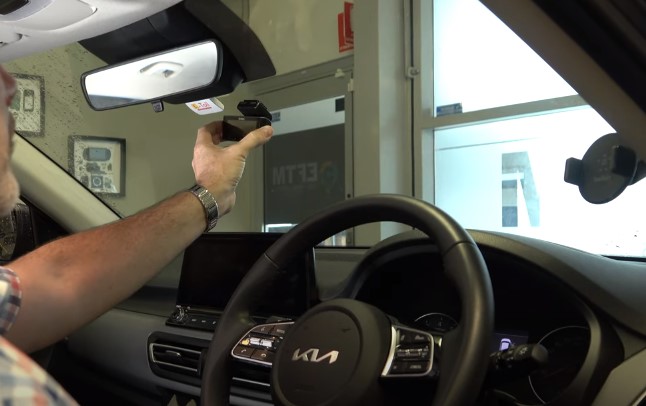
What Do You Need a Dash Cam for?
In today’s dynamic and often unpredictable driving environment, equipping your vehicle with a dash cam has evolved from being an optional add-on to a necessity.
A dash cam, a compact and unobtrusive device, can offer a wide range of advantages that extend beyond mere video recording. Here’s a comprehensive look at why integrating a dash cam into your driving experience can be a wise decision:
Enhanced Accident Documentation and Evidence
One of the primary reasons for investing in a dash cam is its ability to document accidents accurately. In the unfortunate event of a collision, having visual evidence of the incident can be instrumental in determining fault and liability.
Dash cam footage can provide an objective account of the sequence of events, preventing disputes and ensuring a more straightforward claims process with insurance companies.
Protection Against Insurance Fraud
The prevalence of insurance fraud in the form of staged accidents and false claims underscores the need for reliable evidence. A dash cam acts as an impartial witness, capturing the unfolding events in real time.
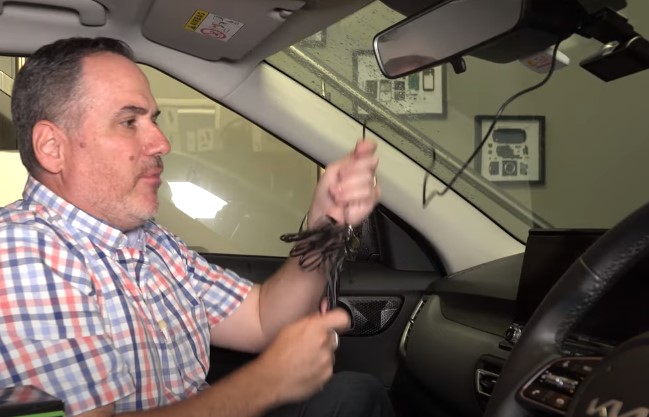
This footage can serve as vital proof to counter fraudulent claims, safeguarding your interests and reducing the risk of falling victim to orchestrated accidents.
Encouraging Safer Driving Habits
Several dash cam models are equipped with advanced features such as lane departure warnings and forward collision alerts. These features not only enhance road safety but also promote better-driving behavior.
The recorded footage can be used for self-assessment, helping drivers identify and rectify risky habits, ultimately contributing to safer roads for everyone.
Personal Security and Vigilance
Dash cams aren’t solely focused on external events; they also play a role in personal security. Instances of road rage, aggressive driving, or harassment can be distressing.
Dash cam footage can be a valuable tool in identifying culprits and providing evidence to authorities when facing such situations, enhancing personal security and discouraging aggressive behavior.
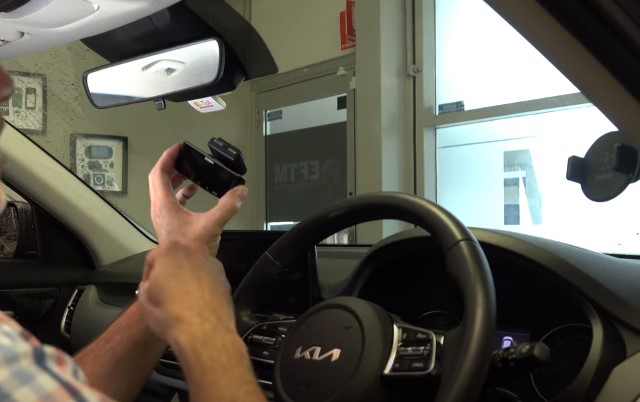
Cherishing and Sharing Memorable Journeys
Beyond their functional utility, dash cams can capture and preserve memorable journeys. From scenic road trips to heartwarming family drives, these devices allow you to relive these moments and share them with loved ones.
The ability to capture the essence of the journey adds sentimental value to dash cam ownership.
How to Install a Dash Cam?
Installing a dash cam in your vehicle is a straightforward process that can enhance your driving experience and provide you with valuable video evidence. Whether you’re opting for a single-camera setup or a dual-camera configuration, here’s a comprehensive step-by-step guide to help you through the installation process.
Gather Your Tools and Materials
Before you begin, ensure you have all the necessary tools and materials. You’ll typically need the dash cam itself, a microSD card, a power cable, cable clips, and a plastic trim removal tool (if necessary). Review your dash cam’s user manual to identify any specific requirements.
Choose the Mounting Location
Select a suitable location on your windshield or dashboard to mount the dash cam. It should have a clear view of the road without obstructing your line of sight. Many dash cams use adhesive mounts, while others may have suction cups. Ensure the chosen location doesn’t interfere with the driver’s visibility.
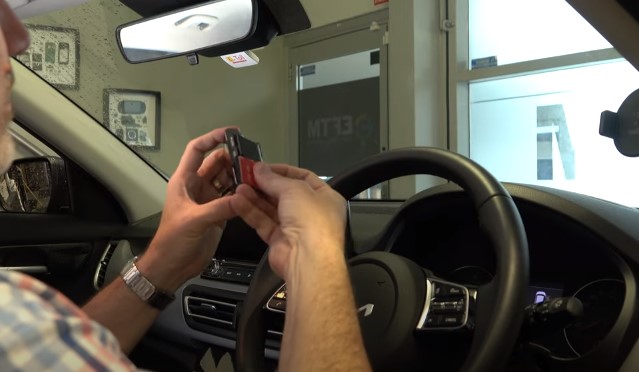
Attach the Mount
Follow the manufacturer’s instructions to attach the mounting bracket to the chosen location. Clean the area beforehand to ensure a secure attachment. Adhesive mounts need proper bonding, so press firmly and allow the adhesive to set for a recommended duration before attaching the dash cam.
Install the Power Cable
Most dash cams are powered through your vehicle’s cigarette lighter or USB port. Route the power cable along the car’s interior, tucking it discreetly along the edges to avoid obstructing your view or interfering with airbags. Use cable clips to secure the cable in place and prevent tangling.
Connect the Power Cable
Connect the power cable to your dash cam and route it along the mount to hide it from sight. This step might differ based on your dash cam model, so consult the manual for specific guidance.
Ensure the cable is properly connected to the power source, whether it’s the cigarette lighter or USB port [1].
Insert the MicroSD Card
Most dash cams require a microSD card for video storage. Insert the card into the designated slot on the dash cam. Refer to the user manual to ensure you’re using a compatible card and formatting it correctly.
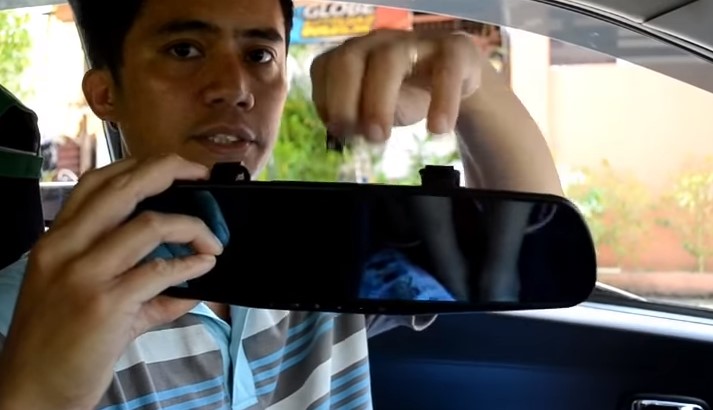
Adjust Settings and Test
Power on the dash cam and adjust the settings according to your preferences. This might include video quality, loop recording, and time stamp options. Once configured, test the dash cam to ensure it’s recording properly and capturing the desired field of view.
Secure Loose Cables
Double-check all cable connections to ensure they’re secure and not obstructing any controls or visibility. Loose cables can be distracting and even dangerous, so use cable clips or adhesive clips to keep them tidy and out of the way.
Regular Maintenance
Check your dash cam periodically to ensure it’s functioning correctly. Clean the lens and the windshield around the camera to maintain clear footage. Additionally, review your local laws regarding the placement of dash cams to ensure compliance.
What Factors Directly Affect the Cost of Installing a Dash Cam?
Installing a dash cam can provide a range of benefits, from enhancing road safety to documenting accidents. However, the cost of installation can vary based on several factors.
Understanding these factors can help you budget effectively and make an informed decision. Here’s a closer look at the key considerations that directly influence the cost of installing a dash cam:
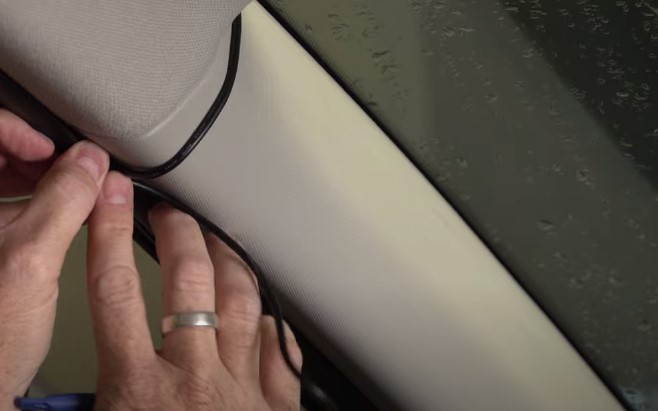
Type of Dash Cam
The type of dash cam you choose plays a significant role in determining the installation cost. Basic single-camera setups are generally easier to install and more affordable compared to advanced dual-camera systems.
Dual-camera setups, which capture both the front and rear views, often require more intricate wiring and positioning, contributing to higher installation costs.
Installation Method
The method of installation also affects the overall cost. There are two primary options: professional installation and do-it-yourself (DIY) installation. If you opt for professional installation, expect to pay for the technician’s time and expertise.
On the other hand, DIY installation is more budget-friendly but requires your time and effort.
Vehicle Model and Complexity
The make and model of your vehicle can impact installation costs. Some vehicles have more intricate interiors, making it challenging to route cables discreetly. Luxury cars or vehicles with advanced electronics might require additional care during installation, potentially raising the overall cost.

Wiring and Cable Routing
Proper cable routing is crucial for a clean and safe installation. If your vehicle’s interior design makes cable concealment difficult, it might require more time and effort, which could increase the installation cost.
Moreover, longer cable routes can lead to additional labor and potentially higher costs.
Additional Accessories and Features
Certain dash cam models come with advanced features such as parking mode, motion detection, and GPS tracking. While these features can enhance the functionality of your dash cam, they might also contribute to higher installation costs due to the complexity of integrating these components.
Professional Installation
Opting for professional installation ensures a hassle-free and expertly executed setup. Professionals can handle complex wiring, ensure proper placement, and provide guidance on optimal camera angles.
While this service offers convenience and expertise, it comes with an associated cost that varies based on the installer and your location.
DIY Installation
Choosing to install the dash cam yourself can save money, but it requires careful attention to detail. DIY installation involves understanding your vehicle’s interior, routing cables discreetly, and securing the dash cam correctly.
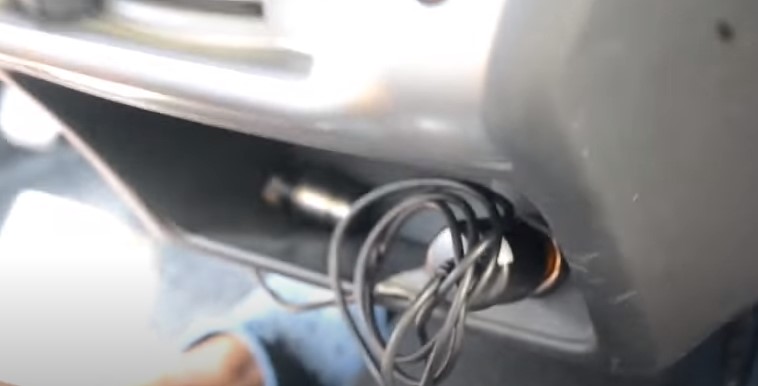
While the cost is generally lower, the success of this option depends on your skill level and willingness to invest time.
Aesthetic Considerations
If aesthetics matter to you, you might want to invest in a cleaner and more discreet installation. This could involve hiding cables more effectively, choosing a mounting location that minimizes visibility, and potentially using additional accessories to blend the dash cam with your vehicle’s interior.
Is It Worth the Money to Install a Dash Cam?
Certainly, the value of installing a dash cam outweighs the cost. It provides tangible benefits like capturing crucial evidence in accidents, deterring insurance fraud, and encouraging responsible driving behavior.
The initial investment can result in potential savings on insurance premiums and deductibles, while the added layer of security and peace of mind on the road is immeasurable.
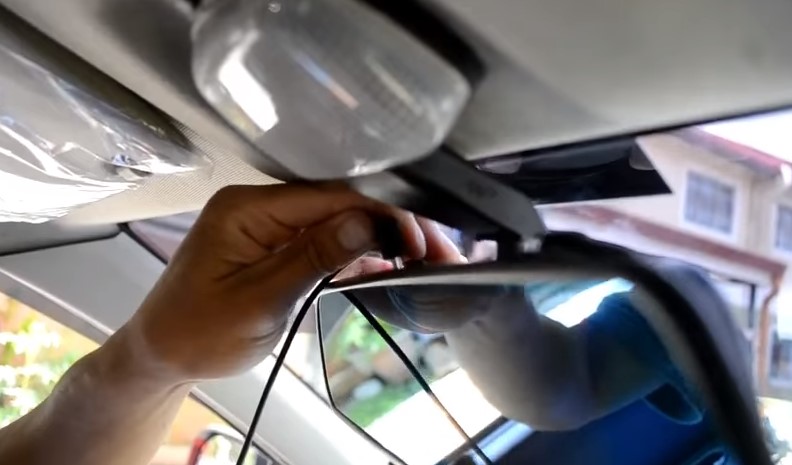
With the ability to record unexpected incidents and enhance road safety, a dash cam proves to be a worthwhile expenditure for both personal and financial reasons.
Conclusion
In the end, the cost of installing a dash cam varies. Single-camera setups with DIY installation are budget-friendly. Dual-camera systems and professional help can increase costs.
But remember, the investment in safety and peace of mind on the road is what truly matters.

